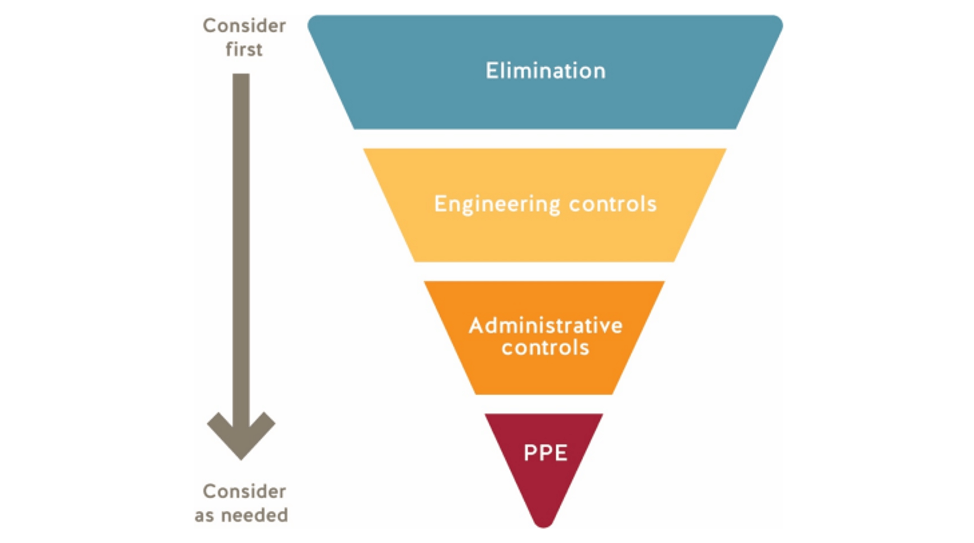- Home
- COVID-19 Workplace Public Health Order Compliance Safety Plan
On January 7, 2022, the provincial health officer announced an order requiring employers to re-activate their COVID-19 Safety Plans. Lions Gate has done so.
This replaces the previous requirement for employers to have communicable disease prevention plans in their workplaces. While communicable disease prevention plans and COVID-19 Safety Plans share some of the same fundamental principles, COVID-19 Safety Plans are formal, written plans with more rigorous controls and are more appropriate for periods of elevated risk, such as the one currently faced by B.C. workplaces by the Omicron variant.
Re-activating the Lions Gate your COVID-19 Safety Plan
COVID-19 Safety Plans provides Lions Gate with important measures to reduce the risk of COVID-19 transmission at their workplace. Lions Gate has updated its COVID-19 Safety Plans to reduce the risk of COVID-19 transmission in workplaces. We have taken the decision to suspend attendance in company premises and re-activated remote working protocols. Workers deployed to client sites continue to operate, adhering to client safety plan requirements and public health guidelines.
Lions Gate has reviewed their COVID-19 Safety Plans to ensure that they are current and aligned with all guidance and orders from the provincial health officer. For all visitors to our website, we include general COVID-19 information which is accessible open source. For all of our team, employees, associates, and contracted staff, we have created password protected ‘intranet’ style staff pages under read more, so they may access pertinent plan protected information, policies, procedures, protocols, and other company specific COVID data. Open Source we provide links to latest COVID-19 data and to the BC COVID-19 Dashboard. Again, currency is essential and this information being accessible through a single ‘intranet’ style page on our website is helpful for staff taking decisions cognisant of the risks, the orders, and the required company direction and actions to reduce transmission.
Workplace Safety – January 2022
Current Public Health Orders and Notices
We apply the keys principles for reducing transmission and the guidance of WorkSafeBC as the hub of our COVID-19 Safety Plan for plan content and to demonstrate compliance.
Step 1: Assess the risks at Lions Gate workplaces
- Lions Gate has assessed workplaces and is continually assessing workplaces in order to identify places where the risk of transmission is introduced to ensure risks are identified and managed. This process does involve frontline workers, supervisors, and joint health and safety committees and/or worker representatives.
Step 2: Implement Protocols to Reduce the Risk
- First level protection (elimination) — We have suspended working at our company premises and have implemented work-from-home arrangements. In field operations, where possible, we have established occupancy limits, rescheduling work tasks, or other means.
- Second level protection (engineering controls) — Where we are unable to maintain physical distancing, we are using appropriate measures to reduce the potential for transmission. Engineering controls are already in place in our company offices as and when we resume office working.
- Third level protection (administrative controls) — Establish rules and guidelines, such as posted occupancy limits for shared spaces, designated delivery areas, cleaning practices, and one-way doors and walkways to keep people physically separated. In place as and for adoption when we resume office-based working.
Lions Gate provides adequate hand-washing facilities at company facilities for all workers, and we ensure the location is visible and easily accessed. We have developed policies around when workers must wash their hands, including upon arriving for work, before and after breaks, after handling cash or other materials, before and after handling common tools and equipment.
- Fourth level protection (PPE) — Masks are an important tool in the prevention of COVID-19 transmission. Implement mask policies appropriate to your workplace and ensure that they are in alignment with orders or guidance from the provincial health officer. Ensure that masks are selected and used appropriately. Signage is available on using masks correctly. All in place and with N-95 masks issued to operatives.We have a policy on the use of masks that is appropriate to the workplace, and that is in alignment with orders and guidance from the provincial health officer. Masks are selected and used appropriately. Signage is available for workers on using masks correctly. We have provided workers information on the proper use of masks.

Step 3: Develop Policies
- Lions Gate has written and maintains Policies, Protocols and Procedures Develop the necessary policies to manage our company workplaces and field operations at client sites. These address who can be at the workplace, how to address illness that arises at the workplace, and how workers can be kept safe in adjusted working conditions. We do communicate these policies clearly to workers through training, signage, and reminders as required.
Our workplace policies around COVID-19 symptom management align with the guidance of public health.
Step 4 Develop Communication Plans and Training
- Through internal updates and training we ensure that everyone entering the company workplaces, including workers from other employers, knows how to keep themselves safe while at those company workplaces.
Step 5 Monitor your workplace and update your plans as necessary
- The risks associated with COVID-19 and the Variants, Omicron, B.1.1.7: B.1.351: P.1: plus, increasing transmissions and geographical and age group fluctuations, mean we need to be continually monitoring and responding to health direction and orders and continually responsive.
Step 6 Assess and address risks from resuming operations
- Lions Gate is currently status ‘offices closed’ to reduce the risk of infection spread and acknowledges that this will change. Field operations on client sites continue.
